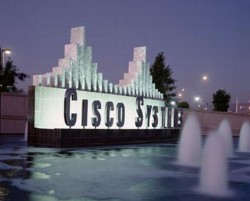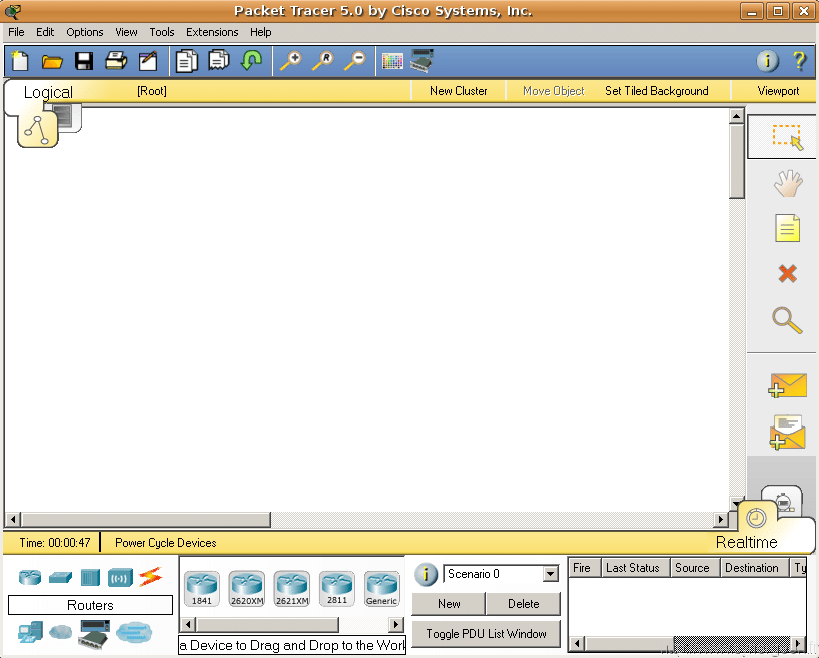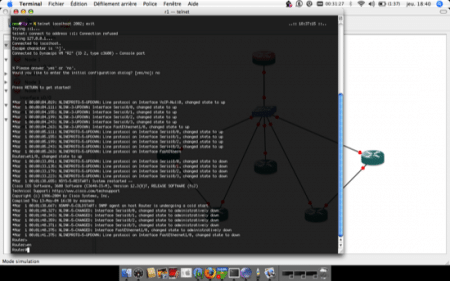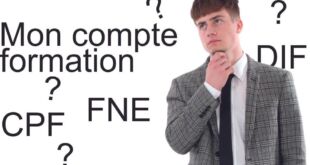Ça y est! Je viens de rentrer de 15 jours de formation CISCO. Je ne vais même pas essayer de me lancer dans un résumé tant le cours était dense!
Je vais juste profiter de ces colonnes pour présenter deux outils que tous les gens qui ont approchés les technos CISCO connaissent et qui pourront servir aux malheureux qui voudront essayer de ce former par eux-même!
Cisco Packet Tracer est un outil gratuit de simulation de réseau proposé par CISCO. Il permet d’interconnecter de nombreux types de périphériques (switch, routeurs, PCs….), de les administrer et de suivre le fonctionnement de l’ensemble. Toutefois, toutes les fonctionnalités des équipements ne sont pas disponibles. Il faut normalement disposer d’un identifiant pour accéder au site de CICSO afin de télécharger cet outil mais on le trouve assez facilement sur internet.
GNS3 est le clone libre du logiciel propriétaire Cisco Packet Tracer. Il permet de recréer une topologie de réseaux CISCO mais en émulant les systèmes d’exploitation IOS directement depuis une image de la ROM (laquelle est téléchargeable depuis le site de CISCO).
GNS3 utilise une version spécialisée de QEMU: PEMU et Dynamips/Dynagen. GNS3 est très précis en terme de simulation par contre, il est aussi très gourmand et l’inventaire du matériel disponible plus limité qu’avec Packet Tracer.
Et comme nous sommes très sympa sur SynerGeek.fr (si si, je vous l’assure), vous pouvez le télécharger ici.
 SynerGeek.fr Informatique & Veille Technologique
SynerGeek.fr Informatique & Veille Technologique



![[Interview] Martial Auroy, professionnel du monde Microsoft 3](https://www.synergeek.fr/wp-content/uploads/2020/11/martial_auroy_interview-310x165.jpg)

Release of GNS3 0.7
Submitted by admin on Sat, 02/27/2010 – 13:55
GNS3 0.7 is now released, it includes lot of bug fixes and improvements as well as some new features:
Support & debugging on Windows 7.
Qemuwrapper improvements & Windows compatibility.
Integration of Cisco IDS/IPS, including a new symbol.
Qemu 0.11.0 patched and Putty have been added in the Windows all-in-one package.
An option to show the z coordinate of any object on the scene (View -> Show layers).
Interface labels follow their moving parent nodes.
Modified interface labels are saved in .net files.
Option to slow start nodes (wait x seconds between each start).
Links connected to Qemu based nodes are now removable (nodes have to be shutdown to do so).
Possibility to set an hypervisor for Ethernet switches, ATM switches, ATM bridges and Frame Relay switches.
New symbols for voice labs (Call manager, SIP server, IP phone, voice router, voice access server and PBX).
New dialog window to browse and change a router startup-config.
Undo/redo of actions is now supported.
Qemu & qemu-img paths are saved in .net files if needed.
Slight improvements for the snapshot system, including a new dialog window to manage it.
Wics description in tooptips.
Wics restoration from .net files.
Support of relative paths in .net files (if the base path is the same as the .net file).
Test button to validate you can launch Qemuwrapper, Qemu and qemu-img.
New translation in Czech (thanks to Ondrej Filip).
Lot of various small bug fixes and improvements.
“versions” command to display Qt, PyQt and SIP versions
This version has been tested on the following OS:
Windows 7 Professional x86 (Qt 4.5.3, PyQt 4.6.2, SIP 4.9.3)
Windows XP SP3 x86 (Qt 4.5.3, PyQt 4.6.2, SIP 4.9.3)
Ubuntu 9.10 (Qt 4.5.2, PyQt 4.6.1, SIP 4.9.1)
Mac OS X Snow Leopard (Qt 4.5.3, PyQt 4.6.2, SIP 4.9.3)
Note that GNS3 doesn’t work properly with Qt 4.6.1 and 4.6.2 (graphical bugs)
Help us to improve GNS3, please post your bugs report on the forum, under Development -> Bug reports
An emulated host based on a very small Linux (likely to be Linux microcore) is under development and will be distributed with the next releases as well as in standalone. The documentation and translations will be updated in the next weeks.
Hope you will appreciate this new version which is a big strep forward.
Jeremy
(http://gns3.net/content/release-gns3-07?utm_source=feedburner&utm_medium=feed&utm_campaign=Feed:+gns3/DfBM+(GNS3+News)&utm_content=Google+Reader)